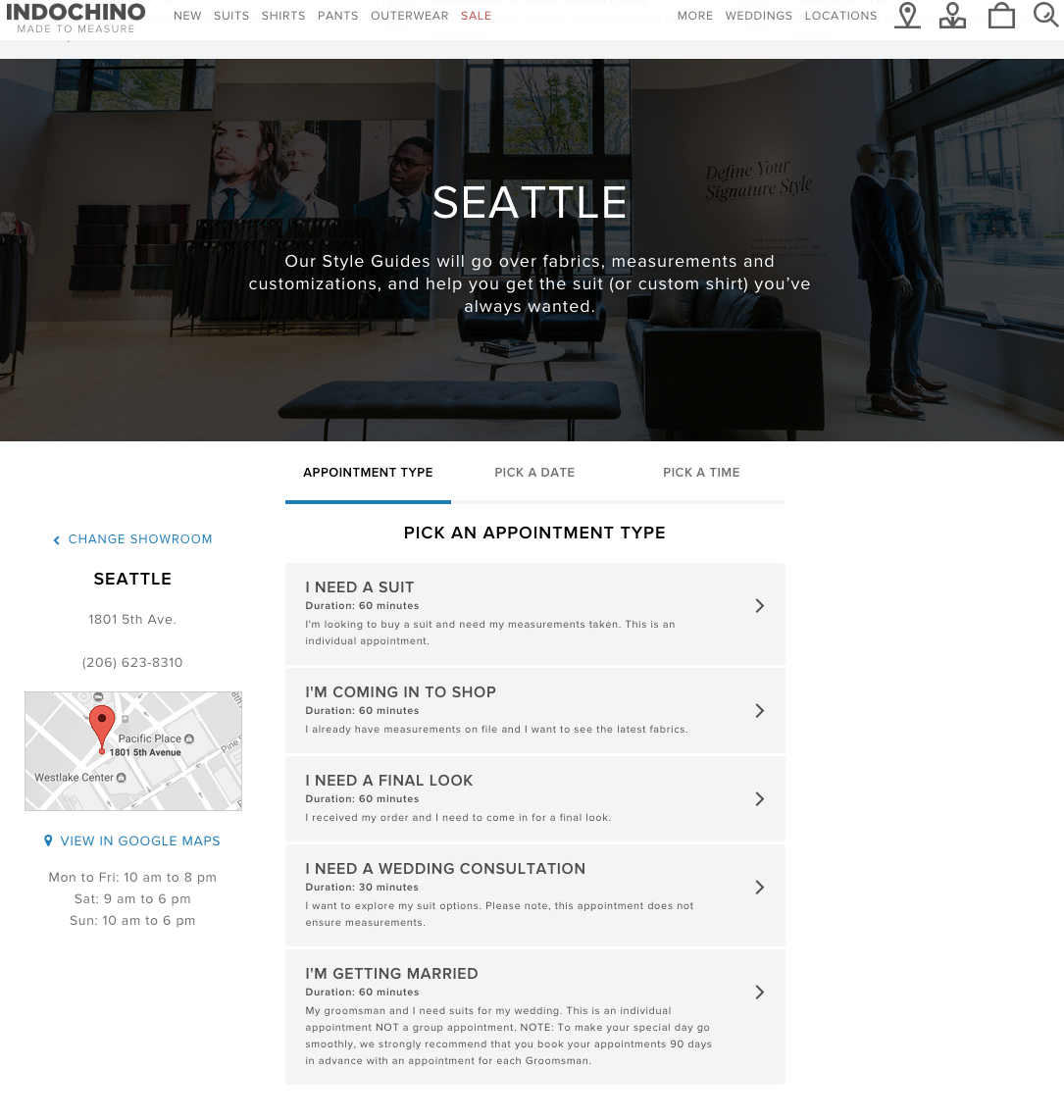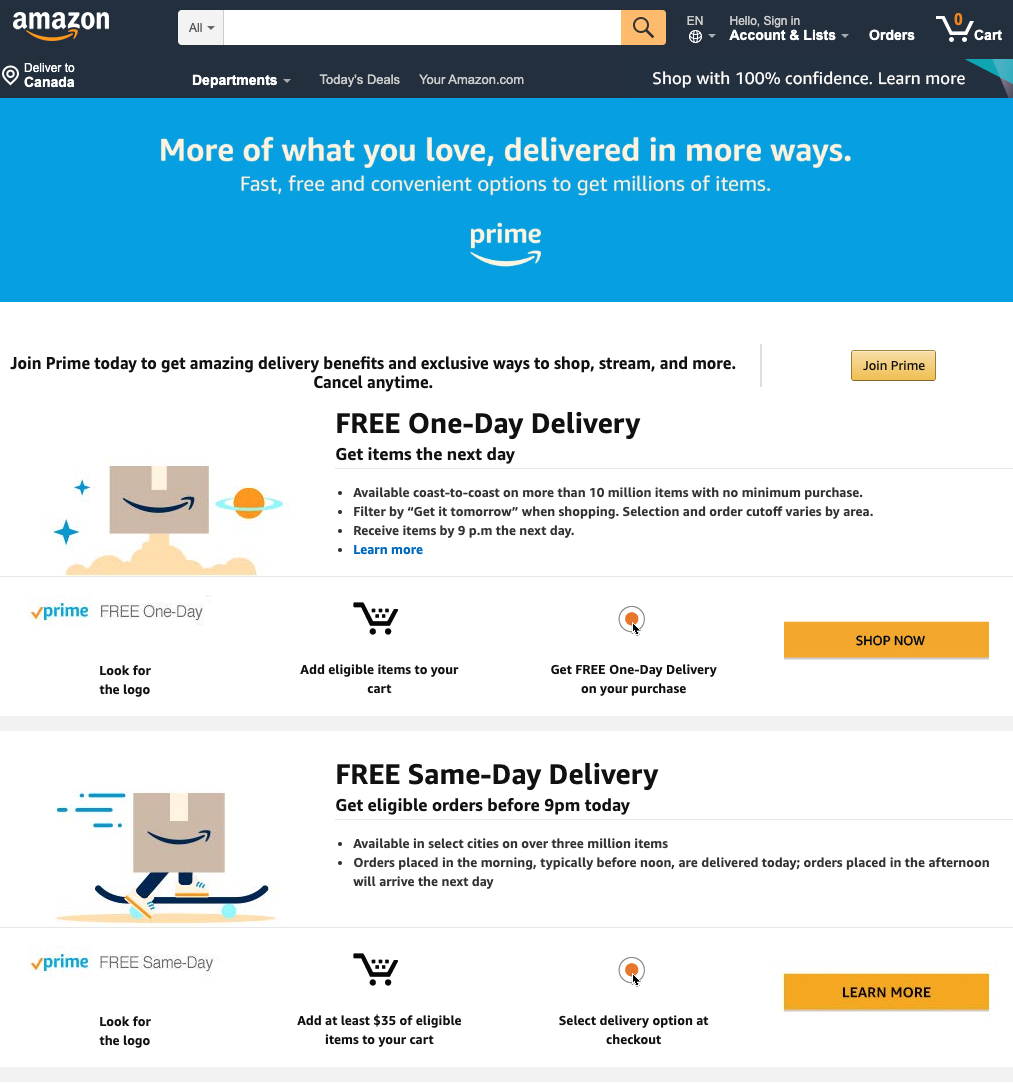Brick-and-mortar stores have been at the center of the retail landscape for a long time, but ecommerce has taken the spotlight. Ecommerce and physical stores have various benefits and drawbacks that make each unique and attractive. However, each type of store has learned from the other to improve the customer experience.
Let’s look at some of the positive elements of physical retailers that ecommerce stores are beginning to use to create a shopping experience that’s the best of both worlds.
Being able to interact with products before buying them is one of the main reasons shoppers prefer brick-and-mortar stores over online. More than half of shoppers want to see and feel products to make sure that they are exactly what they want.
Some online retailers have begun using showrooms to give their customers a more traditional experience. In showrooms, shoppers can interact with products and get the physical retail experience they love - all while engaging with employees. The main thing that separates showrooms from physical retailers is that customers don’t walk out with a product – they order online and it’s delivered to their house.
Initially, Indochino was an online-only retailer for custom-tailored men’s suits but has since opened up many showrooms in North America to better meet shoppers’ expectations for a physical experience. At the showrooms, Indochino customers can book appointments to get help choosing the right fabric, getting professionally fitted, and even ordering their clothes.

Image source: Indochino.
Shoppers are willing to give up the convenience of browsing products online for the ability to physically interact with products. However, there are other things shoppers aren’t willing to give up.
When you think about the overall speed of shopping, ecommerce easily trumps physical retailers. But a big issue is that shoppers don’t want to wait for products to arrive days after they paid for them. In a physical store once shoppers pay they can walk out with their products, but when people shop online there is a time delay. For many, instant gratification is an important part of shopping and today shoppers want products delivered faster.
Fortunately, online retailers like Amazon are constantly adapting to customers’ need for instant gratification. Now, more businesses offer faster shipping and click-and-collect, which lets customers buy online and pick up in store. Ecommerce stores continue to work hard to address customers’ desires for faster delivery and faster service.

Image source: Amazon
Brick-and-mortar stores give their shoppers a faster, more efficient way to get assistance. A shopper can walk into a store, ask an employee about a product, and get help finding it immediately. Shoppers want to interact with employees in real-time to get effective assistance. However, when shoppers are online they must interact with brands through their website, email, or other form of communication – which often doesn’t result in fast responses. To combat the growing demand for faster assistance, online retailers are now communicating through more efficient channels.
Online retailers use social media to quickly respond to customer inquiries through commonly used channels such as Facebook, Instagram and Twitter. Today, nine out of ten shoppers have used social media to engage with a brand; however, there is still some disconnect between response times as customers expect a reply within four hours while businesses often answer in ten hours.
To meet the growing demand for faster assistance online, ecommerce stores have also begun using live chat to have real-time conversations with shoppers online. In fact, almost 80% of shoppers say they use live chat because businesses replies are faster.
The way ecommerce stores are learning from physical retailers will be beneficial for shoppers and retailers alike. As offline and online experiences continue to innovate and change, we may see new forms of retailers emerge.
The future retail landscape is going to change to have the best traits of both digital and physical shopping. Today, stores are already improving their processes by merging online and offline benefits.
The online giant Amazon has already began paying more attention towards physical stores because they see the positive potential of integrating digital and physical experiences. Recently, they announced a new grocery store, Amazon Go, but it’s not your normal grocery store – customers don’t have to check out. Shoppers can sign in via an app, shop around, leave, and not pay because they get an online bill posted to their Amazon account online. Amazon is one of the first stores to integrate physical and digital, but they are far from the last.
Although brick-and-mortar stores have been around forever and maintained a similar experience throughout, they are evolving. All the while, ecommerce is pulling pages from the physical retailer playbook, initiating its own progression. Stores are getting new makeovers, and both retailers and shoppers alike will enjoy what the future has in store.